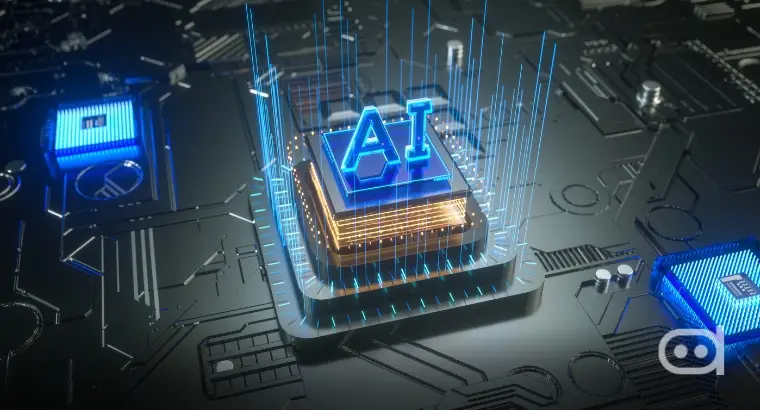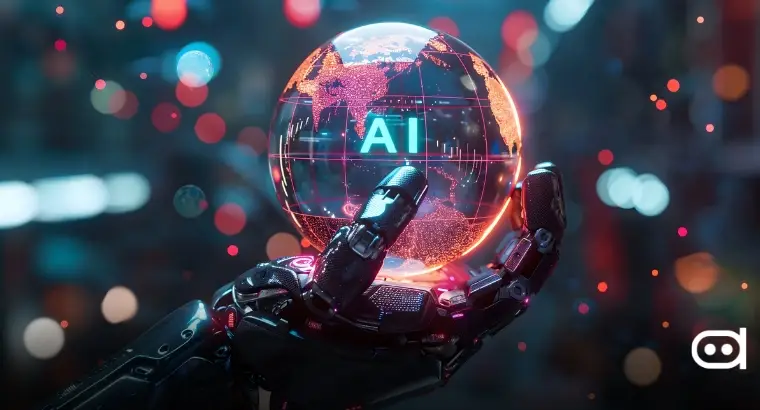
The blizzarding technological advancement of AI shows both the brilliance of prospects and the darkness of threats to the issue. AI significantly impacts our lives, paving the way for new ways of thinking about life, society, and employment.
However, effective governance mechanisms are required in addition to AI capabilities. A strong AI governance framework promotes transparency, accountability, and responsible AI system development and deployment. Without these mechanisms, it would be difficult to harness AI’s potential to improve things while avoiding hazards associated with AI development and deployment.
Global Landscape
International society has risen to this call to action, and measures such as the Global Partnership on Artificial Intelligence (GPAI) have been developed. GPAI is a multi-stakeholder effort that supports innovative research and applied initiatives on AI-related topics to bridge the goal of bridging the gap between theory and practice on AI.
This partnership reflects the members’ varying priorities while also serving as another illustration of a shared commitment to AI governance. For instance, the European Union pursues a highly ethical stance, while the United States focuses on technological development. Such heterogeneous outlooks shed light on the difficulty of fashioning unifying global standards in AI governance.
Key Issues
Government and governance are frequently associated with complex questions. The fundamental issue is to strike a balance between supporting the development and upholding ethics, notably bias, equality, and transparency. Establishing agreements and legal frameworks and bridging the global technical divide are all equally crucial.
Infrastructure planning AI policies are currently being debated, bringing the observer’s attention to this topic. The Linear Infrastructure Planning Panel is one example of how AI for national goals such as net zero must be approached cautiously, stressing safety, protection, and efficacy.
Perspectives from Different Regions
The approaches used by different countries to regulate AI range greatly; this is only a small sample of worldwide differences. The world’s most developed nations often have strong regulatory frameworks and a strong ethical code of conduct.
On the other hand, limited AI technology, unequal economic distribution, and long-term consideration of its use in warfare are some of the distinct patterns that characterize the difficulties faced by developing nations.
Knowledgeable individuals or representatives from different locations propose different models of AI governance. The models state that there is a universal need to recognize and consider this variation of jurisdiction.
Solutions and the Road Ahead
Innovative thinking and teamwork are crucial in addressing this moral conundrum. International cooperation and discourse are the key pillars of AI regulation to create a cohesive strategy. Government panels and commissions, civil society, NGOs, and other key players are all contributing to the concerted efforts underway to establish basic principles and standard practices. These collaborations show efforts to guarantee that AI advantages are distributed fairly and give AI an ethical basis.
As evidenced by Canada’s recent AI initiative, one can argue that innovation is encouraged and regulation is required. Legal concerns and balancing public and private sector investment remain important factors, even in the face of the financial commitment made toward AI infrastructure and entrepreneurial projects. These instances show that a complicated web of interconnected interactions frequently accompanies the development of public interest in AI and its capabilities.
Conclusion
One of our society’s primary objectives is the pursuit of AI governance. Developing a long-term, global strategy for leveraging the dangers and realizing AI’s potential for a better society is critical. Undoubtedly, there are a lot of issues facing us today, and we should all be worried about them, but we also need to participate in the conversation and shape the future.
The struggle for responsible AI growth is a collaborative effort. By working together, we can morally balance the black-and-white vision and lay the groundwork for a future in which human interests prevail.
In the end, the legacy of the technological era will depend on how well we manage innovation and ethics, international norms, and regional demands. It’s a challenge that takes our attention, imagination, and tenacity. Let us all engage in this crucial conversation, for our decisions today will shape the world of tomorrow.








